Are you interested in attracting chickadees to your yard, but don’t know what the best bird seed is for them?
Are you interested in learning more about the different types of birdseed and why chickadees and other songbirds are attracted to them?
After hours and hours of research, I have created the article, 10 BEST Bird Seed for MORE Chickadees.
And scroll down to the bottom of this article to find 4 Types of Bird Seed you SHOULD NOT Use to Attract Chickadees!
10 BEST Bird Seed for Chickadees
#1. Wagner’s Black Oil Sunflower Seed
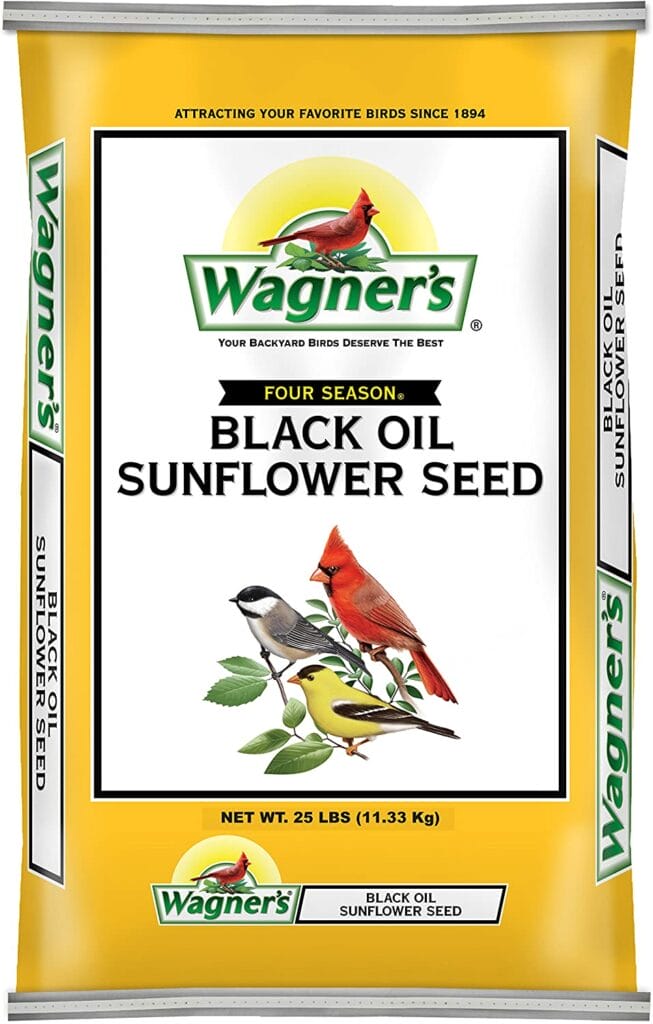
Nutrition Facts: 17% protein, 44% fat, 24% Fiber
Use THESE Bird Feeders: Hopper, Tube, Platform, Window Box, Hanging Feeders
When it comes to the best birdseed that will attract chickadees look no further than Wagner’s Black Oil Sunflower Seed!
This seed comes packed with high-energy nutrients and a thin shell making it incredibly easy for chickadees and songbirds to consume!
Not only this, but the seed is some of the highest quality grains you will find on the market, and best of all is that it is made in the USA.
And you can’t beat the 25 pounds of pure black oil sunflower seed you’ll receive for a reasonable price!
2. Wagner’s Nyjer Bird Seed
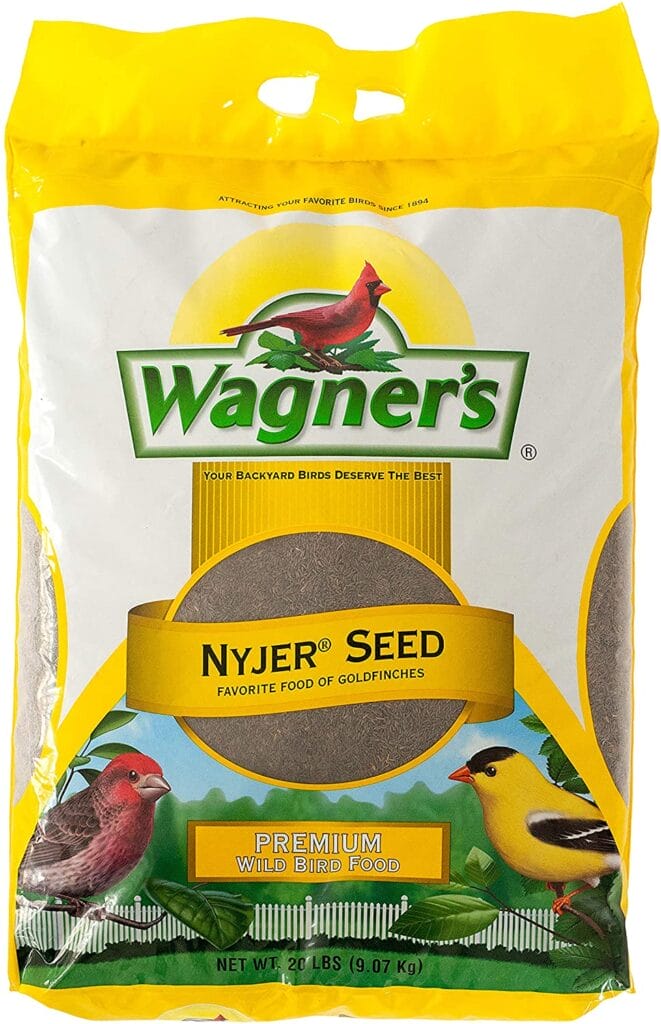
Nutrition Facts: 18% protein, 35% fat, 27% fiber
Use THESE Bird Feeders: Small Feeding Ports, mesh tube or mesh sock
If you want to learn how to attract chickadees to your yard then you need to use nyjer birdseed.
While it is slightly more expensive than other bird seeds, it is guaranteed to attract chickadees, finches, and other songbirds to your feeder and yard.
Chickadees love nyjer birdseed because it is so small it makes it incredibly easy to eat and digest, is full of high-impact energy nutrients, and is fully consumable.
You’ll love it because there is no waste and it fits into small bird feeders that will attract beautiful chickadees and wild songbirds while discouraging larger birds from taking over your feeder and your yard.
3. Kaytee Safflower Seed
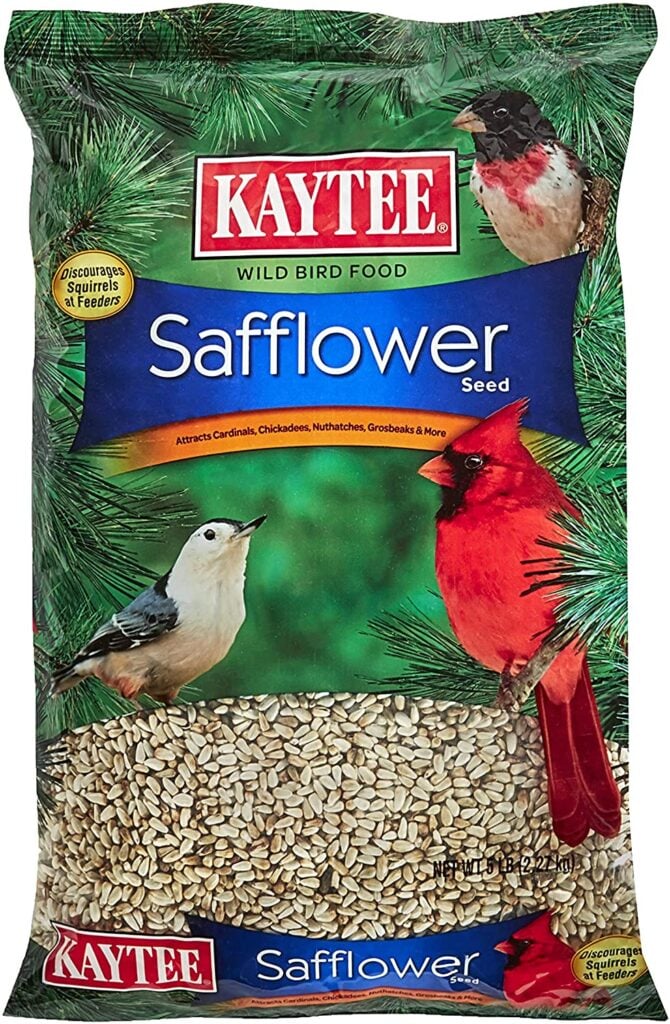
Nutrition Facts: 38% fat, 16% protein, 34% carbohydrates
Use THESE Bird Feeders: Hopper, Tube, Platform, Tray
Safflower seeds have a similar nutritional and physical makeup to sunflower seeds, making them attractive to chickadees and other songbirds.
What makes this birdseed stand out though is that squirrels hate its smell and taste and other birds like sparrows, blackbirds, grackles, and starlings also do not like it.
When using this birdseed it is recommended that you slowly mix it in with sunflower seeds due to its bitter taste. If you try to use nothing but safflower seed you may not attract chickadees as fast you otherwise can.
4. Wildlife Sciences Suet Seed
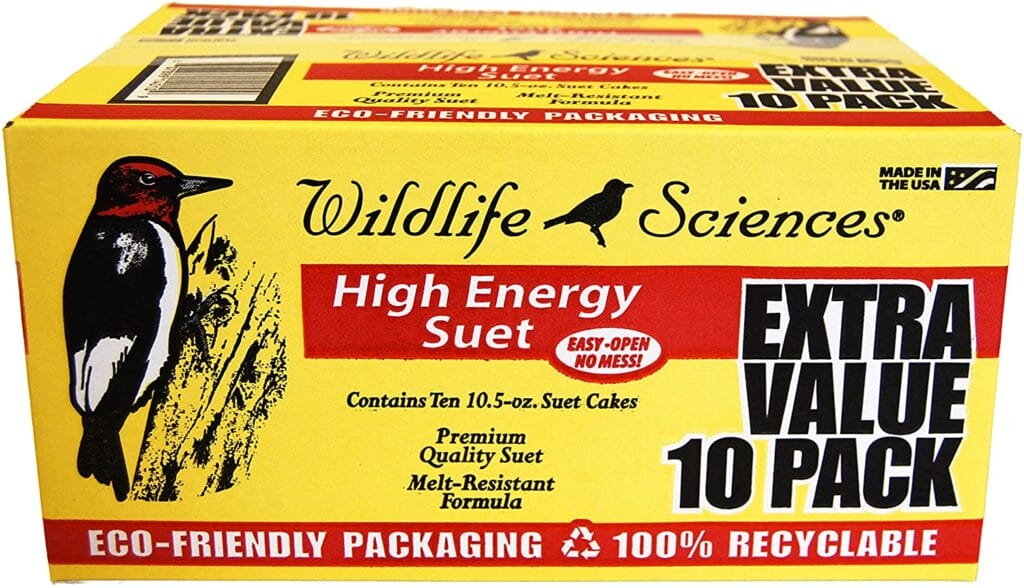
Nutrition Facts: 63% Fat, 2% Protein, 2% Fiber
Use THESE Bird Feeders: Suet Feeders
Wildlife Sciences produce a melt-resistant formula that contains beef, cracked corn, black oil sunflower seed, and processed grains which chickadees LOVE!
Not only this, but suet is the perfect birdseed to attract chickadees and provide them with the extra fat and energy they need during the cold winter months!
Best of all is that suet seed blocks will attract the most amount of songbirds throughout the entire year. No other seed can compare!
5. Lyric Peanut Pieces
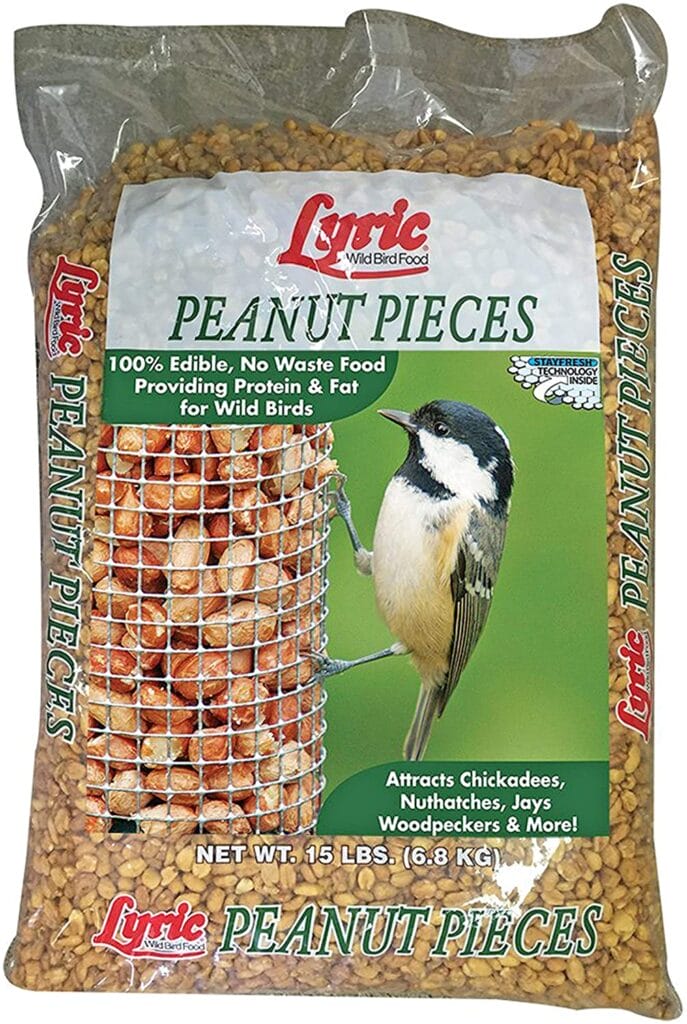
Nutrition Facts: 49% Fat, 26% Protein, 19% Carbohydrates
Use THESE Bird Feeders: Tube, Hopper, Platform, Tray
Peanut Pieces are the perfect treats for chickadees in both summer and winter.
What you’ll love about this bird food is that is it 100% consumable with no waste or cleanup for chickadees, titmice, nuthatches, and even woodpeckers.
It should be noted though that squirrels love peanuts, so you’ll want to protect your bird feeder against this garden and yard pest!
6. Cracked Corn
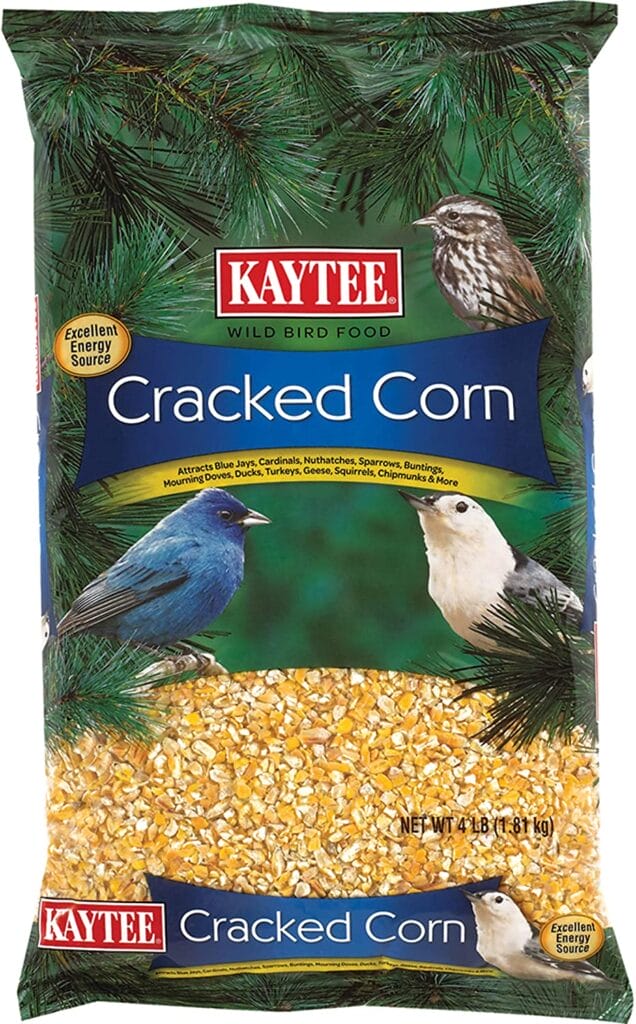
Nutrition Facts: 9% Protein, 5% Fat, 74% Carbohydrates
Use THESE Bird Feeders: Ground Scatter or Platform Feeders
This wild bird seed is one of the highest energy sources for songbirds like chickadees making it one of the top choices on this list.
It should be noted though that corn is not an ideal choice for songbirds, but cracked corn is broken down into more manageable pieces that chickadees can consume. Still, you should place the cracked corn on the ground or large feeders to make it easier to access.
If you live in a wet or humid area you should not leave crack corn out for more than one day as it can potentially have fungus on it that can be harmful to chickadees.
7. Kimcoe Mealworms
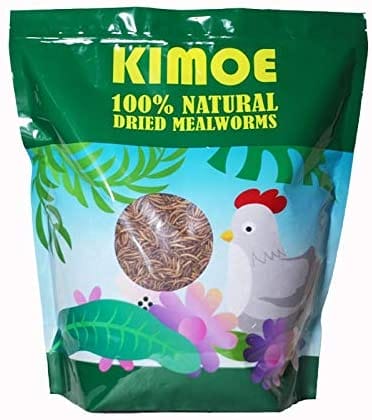
Nutritional Facts: 32% Fat, 49% Protein, 7% carbohydrates
Use THESE Bird Feeders: Most bird feeders
One overlooked feature of birdseed is whether or not it is good for baby birds. Kimcoe Mealworms are the perfect high-protein, high-energy food for baby chickadees to grow into mature and healthy adults.
What stands out about this birdseed is that it is 100% organic, farm-sourced, incredibly expensive compared to competitors, and Kimcoe offers a 100% money-back guarantee.
While live mealworms are usually better to use than dry, it is just not practical for most birdwatchers, homeowners, and gardeners in Ohio. And you can’t find a better-dried mealworm product on the market.
8. Wagner’s Delux Wild Bird Seed
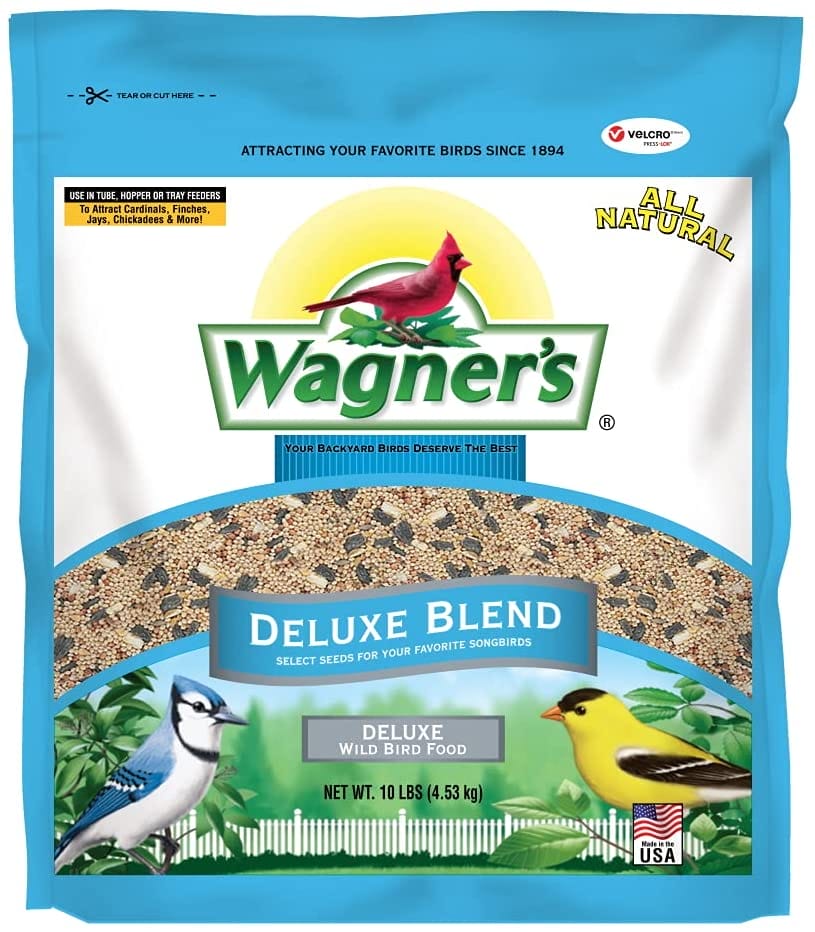
Nutritional Facts: 17% Protein, 34% Fat, 24% Fiber
Use THESE Bird Feeders: Hopper, Tube, Platform, Window Box, Hanging Feeders
If you are a beginner bird feeder and bird watcher then sometimes the easiest choice for birdseed is the best choice.
And Wagner’s Deluxe wild bird seed is the perfect bird seed for beginners who want the right mix of food without having to worry about all the complexities that can come with other food.
What makes Wagner’s seed standout is that it comes with sunflower and purpose seeds. This is a “good mix”, compared to competitors that offer seeds that are bad for chickadees and other songbirds like dyed seed, wheat, and red milo.
Best of all is that you get a lot of seed that will feed chickadees for long periods of time at a reasonable price.
And it’s made in the USA which means it will be higher quality grains!
9. Lyric Fruit & Nut Bird Seed
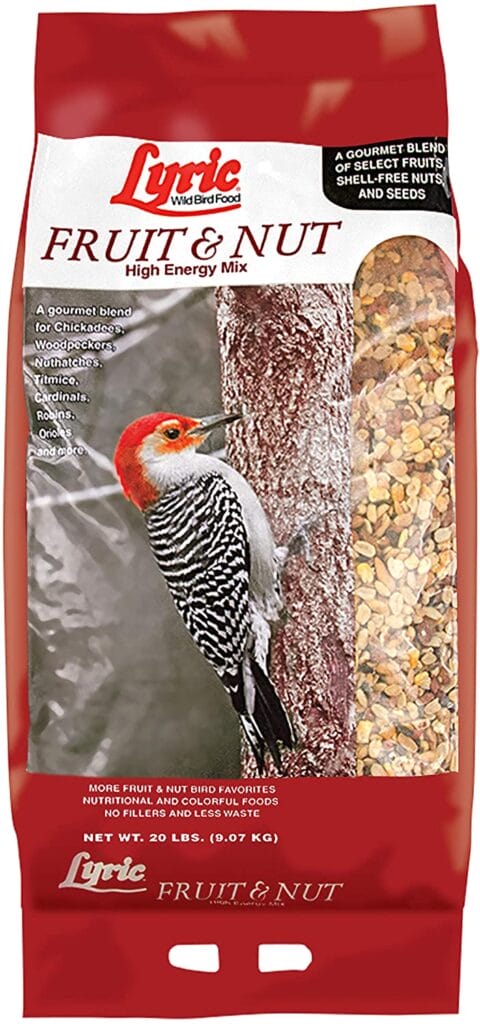
Nutritional Facts: 40% Fat, 30% Protein, 30% Carbohydrates
Use THESE Bird Feeders: Tube, Hopper, Platform, Tray
A popular strategy that works in Ohio for both the summer and winter seasons is to feed songbirds like chickadees a mix of fruit and nuts that provide them with the fat, protein, and carbohydrates they need to stay active and grow all year.
And there is no better product to do this than Lyric Fruit & Nut Bird Seed. This bird seed is made with high-quality ingredients that use patented technology to keep the food fresher, longer.
Not only that, but expect no filler food meaning there should be little to no waste and all the nuts are shell-free making it easy for small and large birds to consume.
It should be noted because of the large chunks this is not the ideal birdseed for small feeders.
10. Backyard White Millet
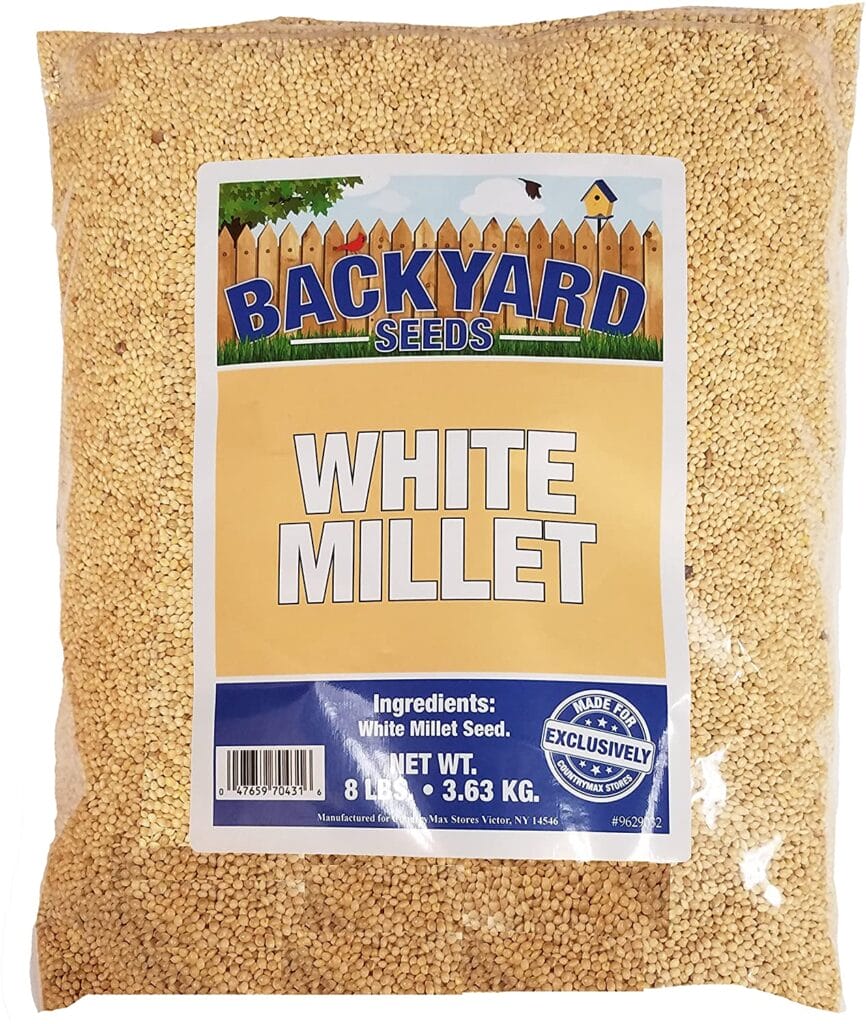
Nutritional Facts: 4% Fat, 11% Protein, 73% Carbohydrates
Use THESE Bird Feeders: Hopper, Tube, Platform, Window Box, Hanging Feeders
One of Chickadees’ favorite food to eat off the ground is White Millet! And there is no better return for your money than Backyard White Millet!
Backyard bird seed comes with 100% natural seed grown in the USA, comes with an eight-pound resealable bag, and can even be mixed with other birdseed formulas!
And a special trick to attract only chickadees and only songbirds that you want is to put it in tube feeder and not on the ground!
4 Types of Bird Seed You SHOULD NOT Use to Attract Chickadees
1. Milo
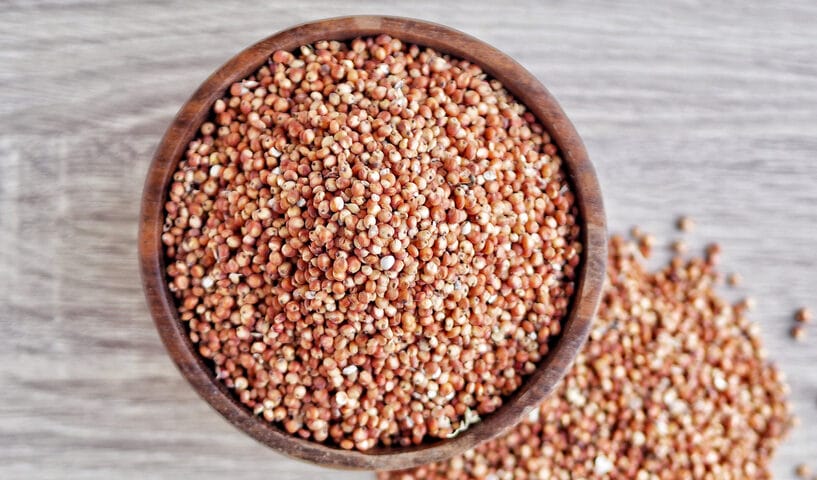
The most popular type of filler in birdseed is Milo, not to be confused with White Millet. White Millet is a great bird food to feed your chickadees.
Milo is a low-quality grain that makes up a lot of cheaper brand birdseed. Songbirds like chickadees won’t eat it and are generally considered unhealthy by bird experts.
The birds that will eat milo are typically not the ones you want in your yard and will drive beautiful songbirds away.
2. Wheat
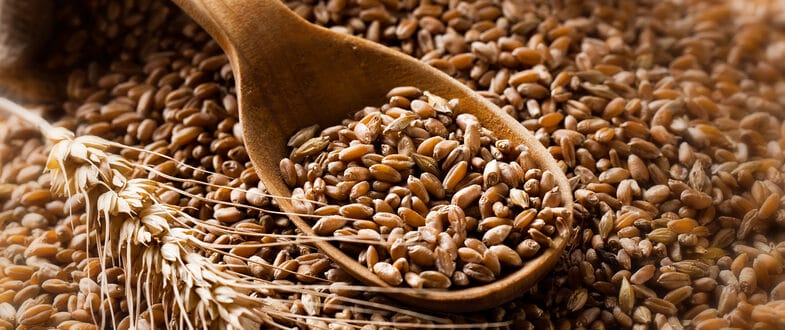
If a bird wouldn’t eat a certain food in the wild then it shouldn’t be included in birdseed. Wheat food is typically processed from the wheat plant, which would never been eaten by birds.
One of the most harmful fillers or substitutes for birdseed is wheat.
Chickadees would never eat wheat in the wild, won’t eat it, and if they do can cause harmful digestive issues.
And just as bad chickadees will leave your yard and find a better source of food, which is never good for bird watchers.
3. Rice

Please don’t make a common mistake that happens at weddings and feed chickadees rice.
Very simply rice should never be fed to any bird and will kill them. Even if it doesn’t kill them it will harm them and can even prevent them from flying.
And don’t forget to remind family, friends, neighbors, and fellow birdwatchers as this is an easy tip to forget.
4. Oats
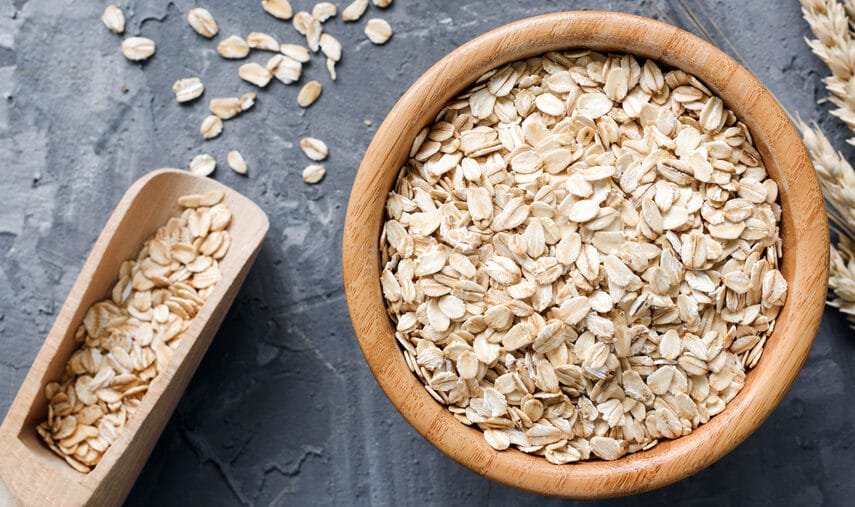
While not harmful to chickadees, oats are another type of “bird food” that songbirds won’t eat and only a few birds like grackles and starlings will eat.
Don’t waste the space, money, and energy trying to fill your bird feeder with this type of food.
Other Fillers to Avoid
If you are unsure whether or not a certain type of food should be avoided then don’t be afraid to visit thegardeningdad.
A few other fillers that should be avoided include flax, canary seed, buckwheat, and golden millet.
Conclusion
As I have talked about above, there are very specific birdseed that chickadees are attracted to.
While it is not hard, it does take time to understand when to use each birdseed.
As a reminder…
- Look for a bird seed high in protein, fat, and carbohydrates. This will provide nutrition during the summer and winter for chickadees.
- Always review whether or not your bird seed will fit into your bird feeder. This is essential for keeping away birds you don’t want to attract.
- Stay away from bird seed that has “filler” grains. This is unhealthy for your chickadees and will cause a lot of waste.
- There are numerous fillers to avoid. Never feed your chickadees rice, flax, wheat, milo, canary seed, oats, buckwheat, and golden millet to name a few.
- It should be noted that the bird seed on this list is reasonably priced, only features the best brands and best quality ingredients, and is perfect for not only chickadees but also other songbirds.
What’s Next?
If you like this article then I highly recommend reading: